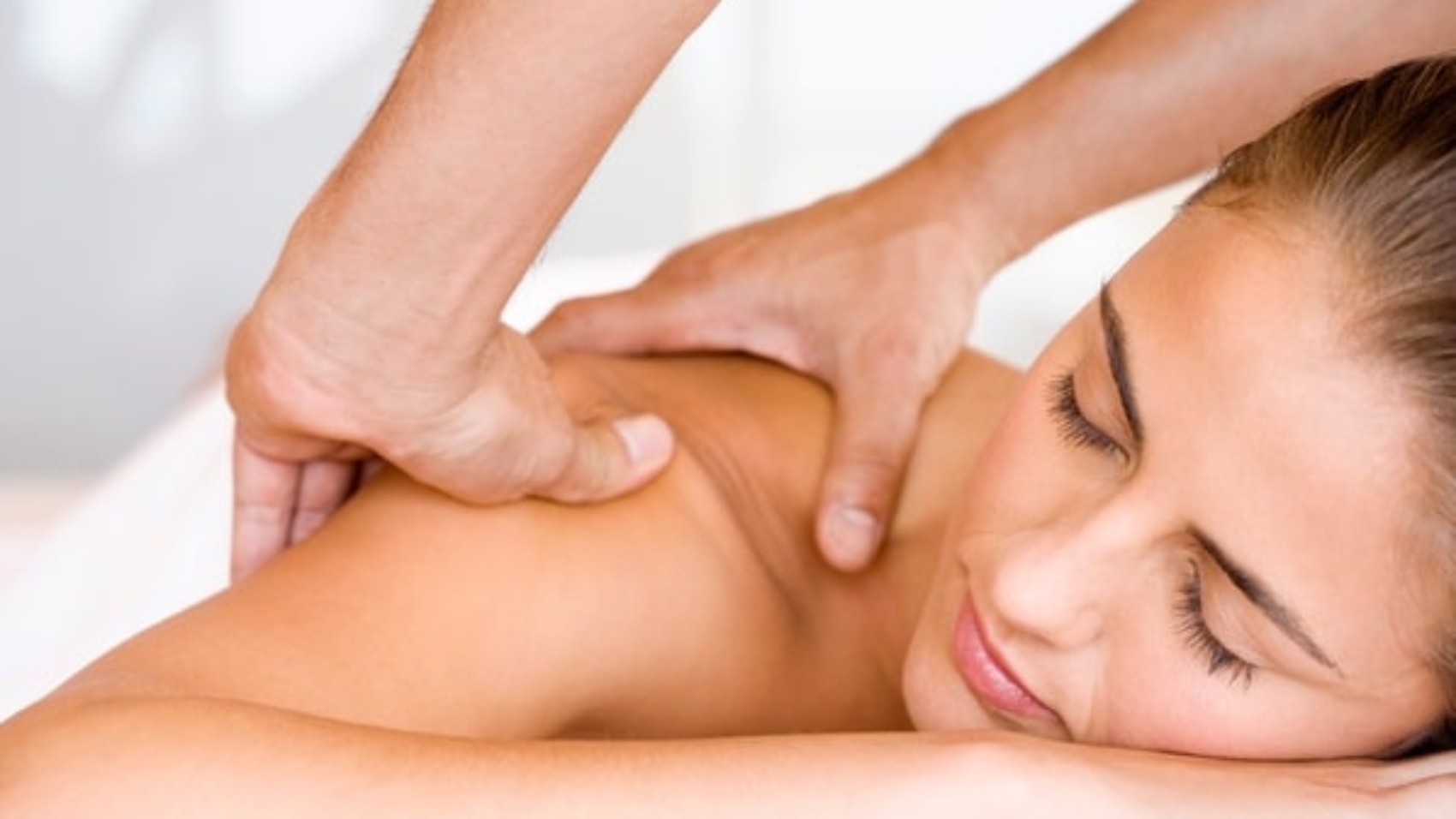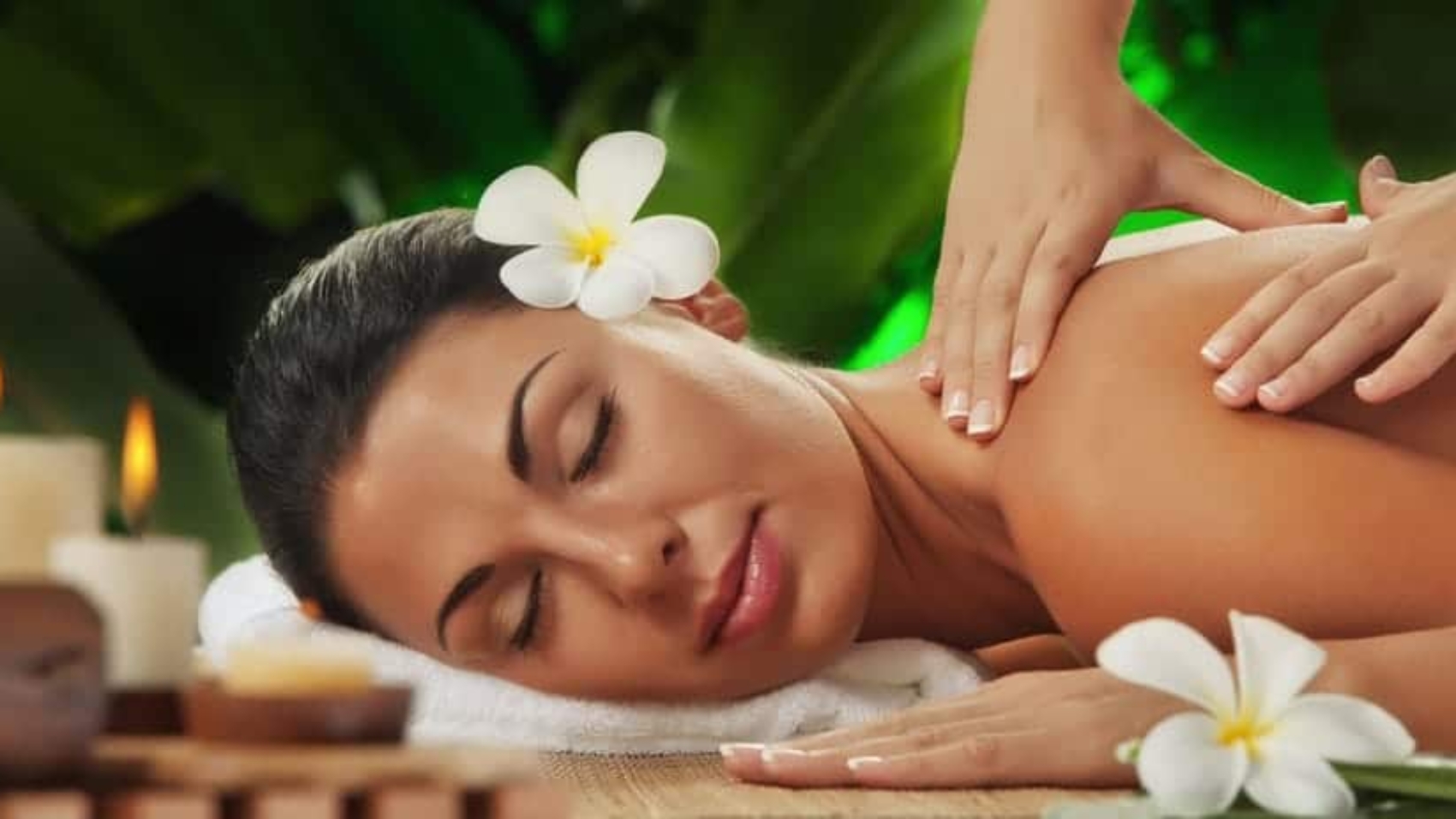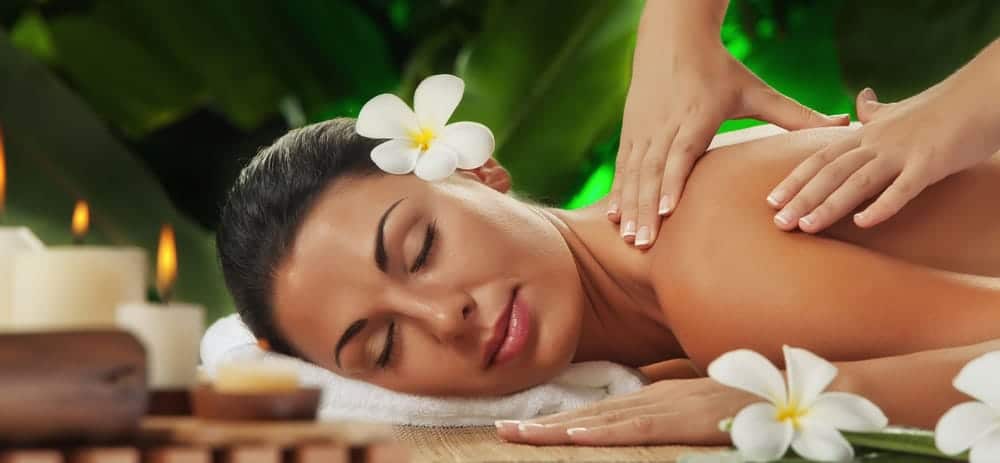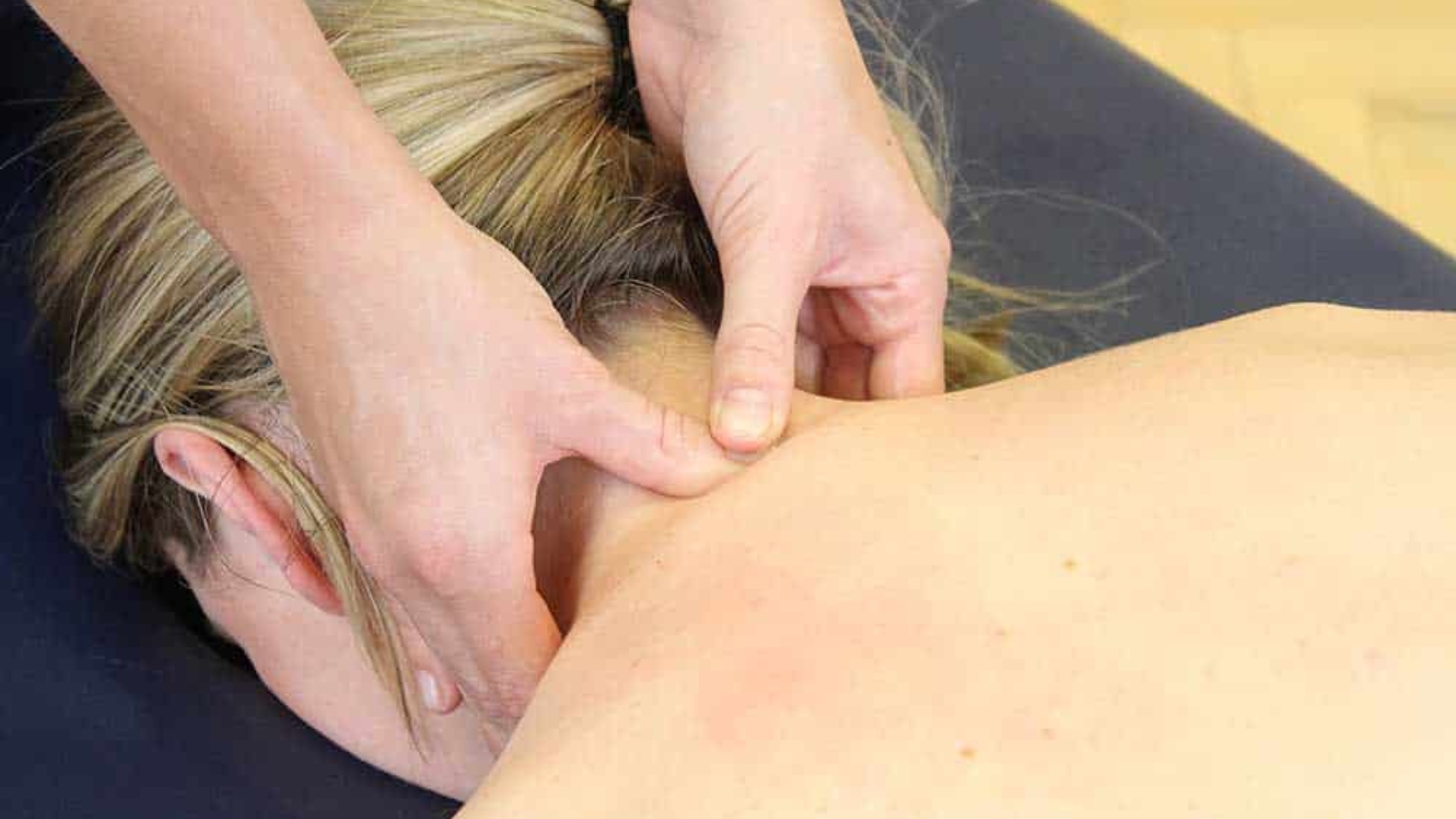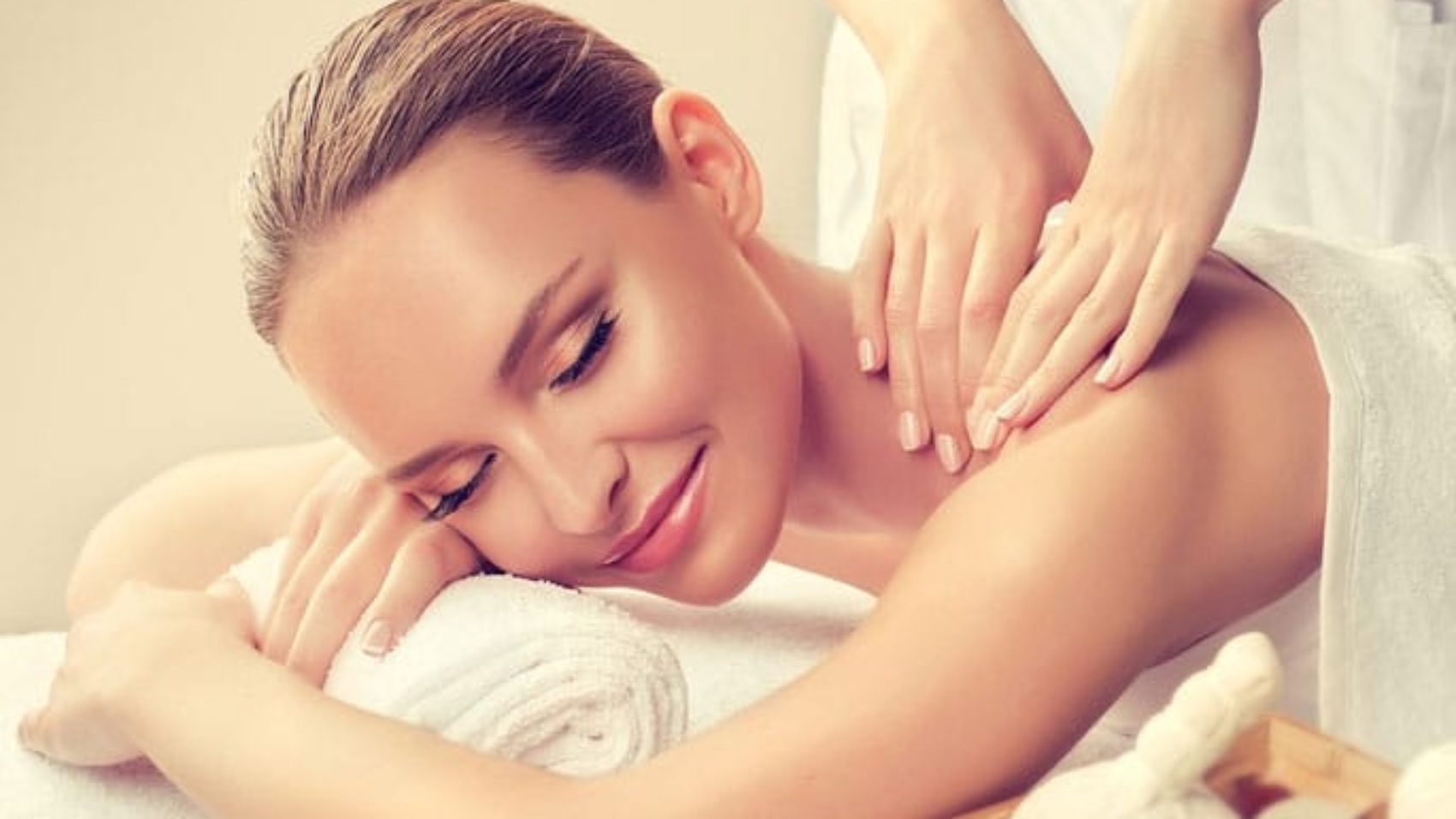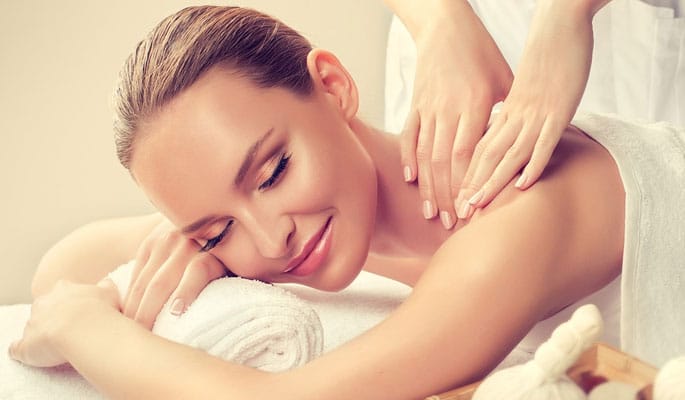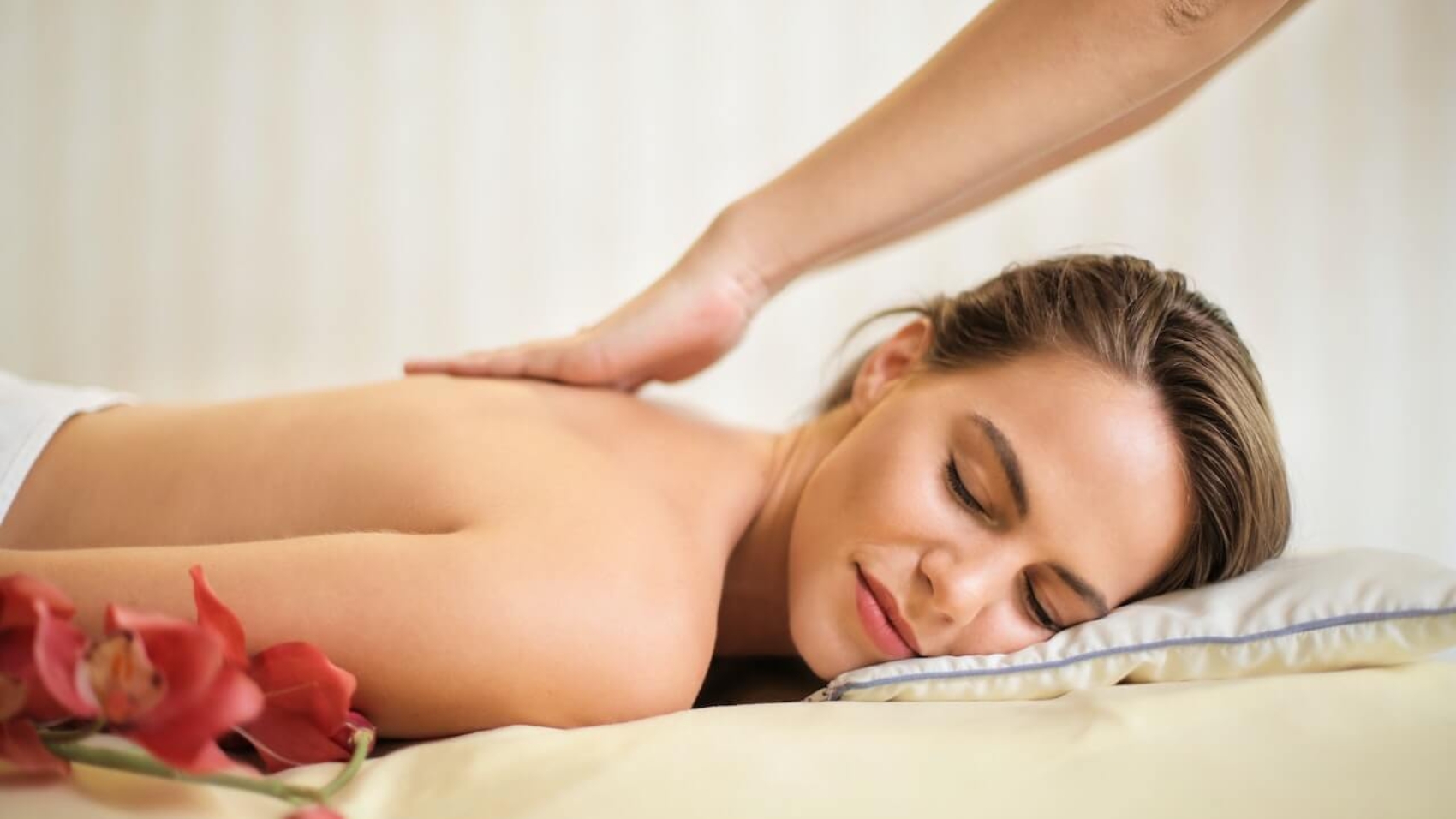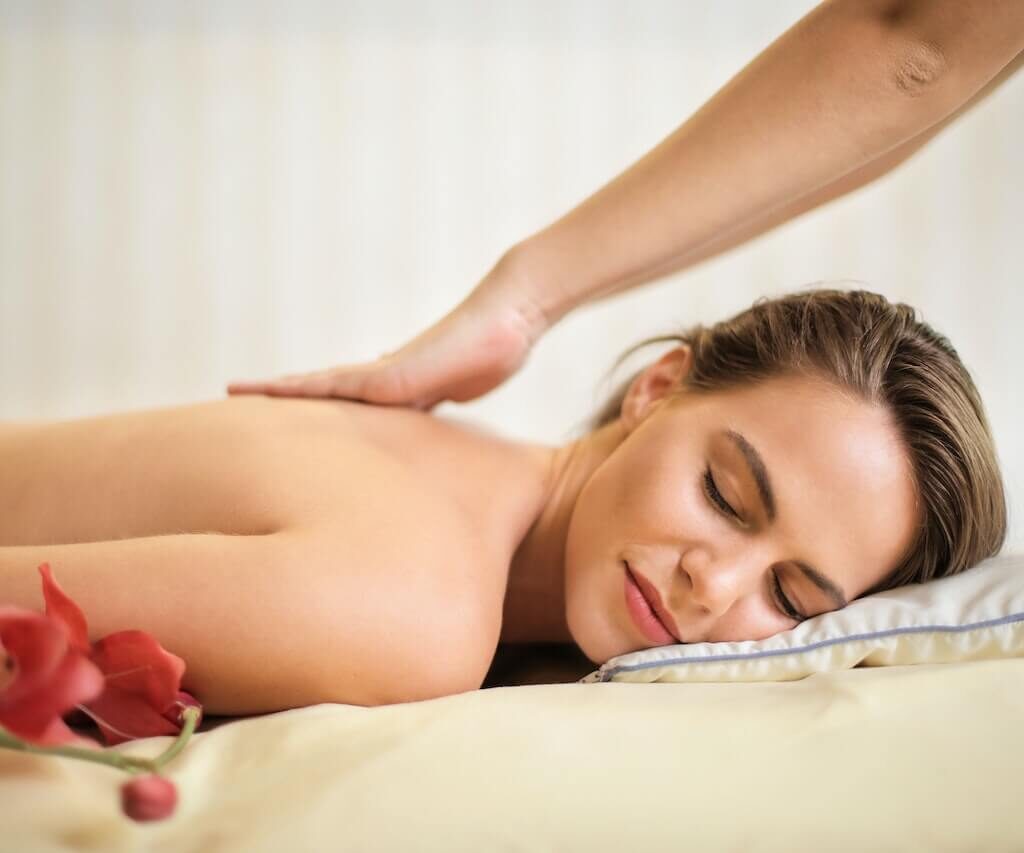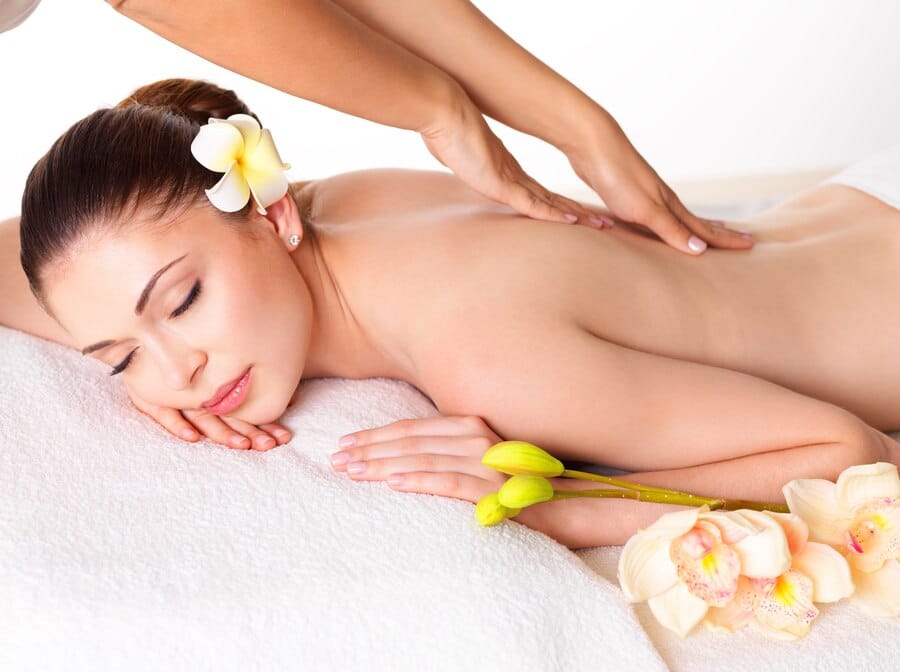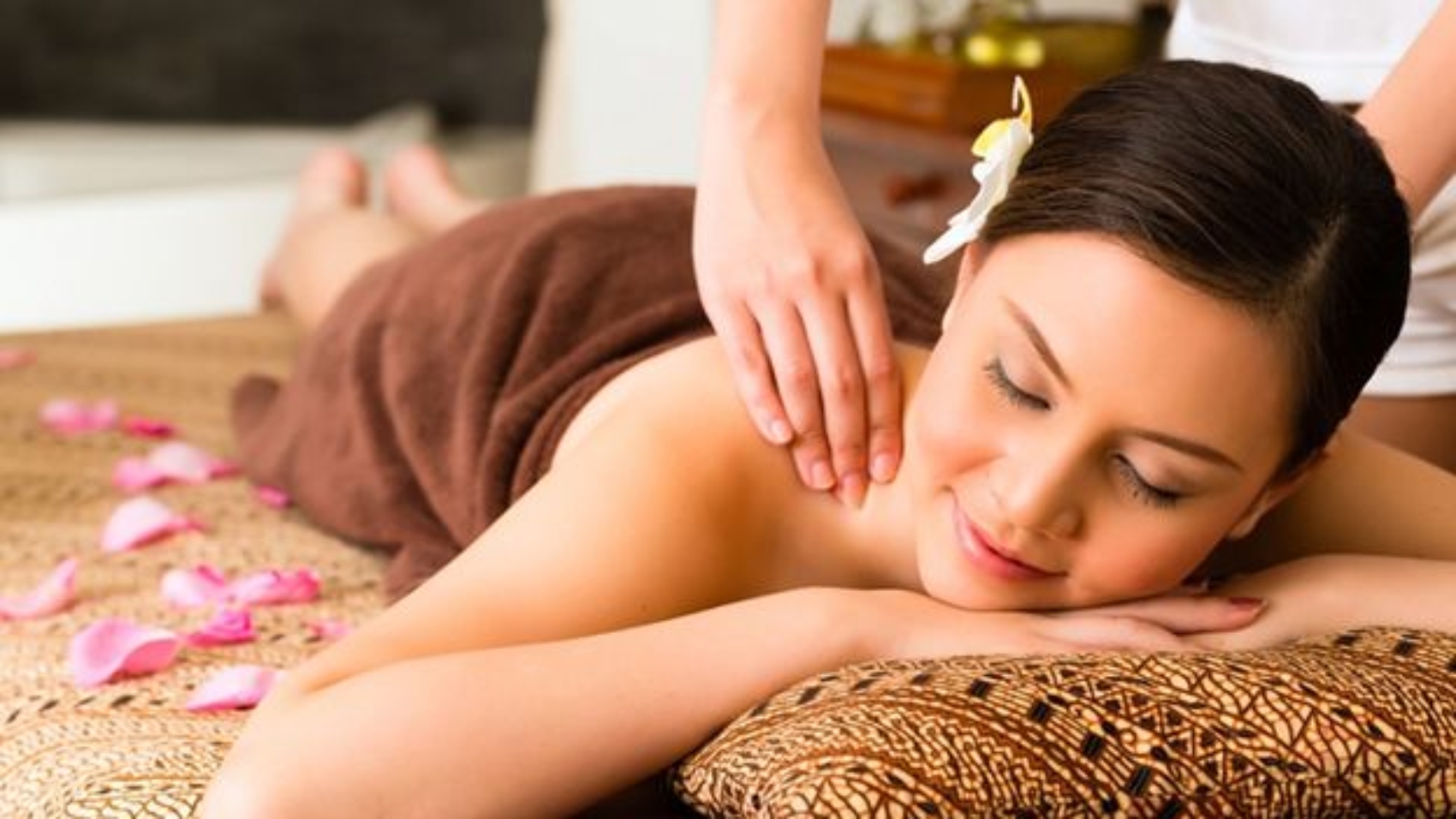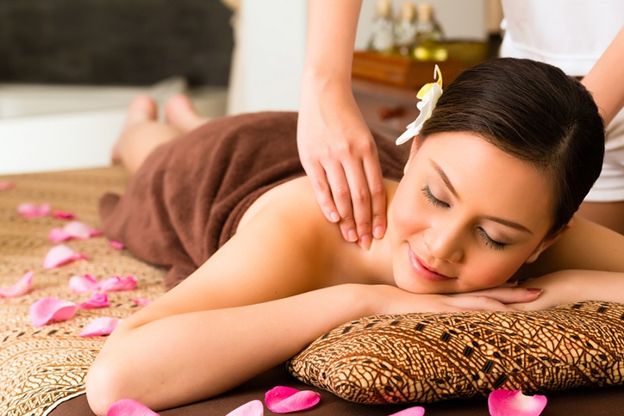
Introduction to Massage Heat Therapy
Are you trying to find a safe and efficient way to get rid of your aches and pains? Perhaps massage heat therapy is the answer you’ve been looking for. This therapy offers a distinctive method of pain relief and relaxation by fusing the advantages of regular massage with the extra comfort of heat. Envision the sensation of warm hands releasing tension and stress from your muscles through gentle massage. Doesn’t it sound consoling? Let’s explore in more detail how this therapy might improve your general state of comfort and well-being.
What is Massage Heat Therapy?
A therapeutic approach called “massage heat therapy” blends conventional massage with the use of heat. The heat can come from electric heating pads, heated stones, or warm clothes, among other things. The goal is to improve the benefits of massage by promoting blood flow, alleviating tense muscles, and producing a calming experience.
Understanding Massage Heat Therapy
The idea of using heat in conjunction with massage is centuries old. Heat has long been utilized to relieve aching muscles and accelerate recovery in a variety of cultures. The healing properties of heat are widely known, whether one is experiencing traditional Chinese hot stone massages or Japan’s hot springs. Modern massage therapy incorporates heat, allowing therapists to provide a more thorough and efficient treatment.
The Science Behind It
By widening blood vessels, heat therapy, also known as thermotherapy, improves blood flow to the injured area. Faster healing is facilitated by the increased oxygen and nutrition delivered to muscles and tissues by this better circulation. Heat can also aid in muscular relaxation and spasm reduction, which facilitates therapists’ ability to treat deeper muscle layers.
Benefits of Massage Heat Therapy
The benefits of massage heat therapy are numerous. The following are some of the main benefits:
Pain Management
Pain reduction is one of the main advantages of massage heat therapy. Heat therapy relieves aching muscles and joints and assists people with persistent pain illnesses like fibromyalgia and arthritis. Deep into the tissues, the warmth reduces inflammation and eases suffering. This makes it a great choice for people who are recuperating from injuries or are in chronic pain.
Enhanced Blood Flow
Heat causes blood vessels to widen, enhancing circulation and increasing the amount of oxygen and nutrients that reach tissues. In addition to facilitating recovery, this increased blood flow helps the body eliminate toxins. A healthy glow and improved skin tone can also be achieved through improved circulation.
Reduction of Stress
Heat and massage work together to induce relaxation and lower stress hormones. In the fast-paced world of today, stress is now a prevalent problem for many. Massage Heat Therapy is a haven where you may relax and forget about the stresses of everyday life. When used with mild massage techniques, the calming warmth can greatly lower anxiety and enhance well-being.
Increased Adaptability
Warm muscles are more flexible, which can improve the range of motion and lower the chance of injury. Heat increases the elasticity of muscles, enabling a wider range of motion. This is especially advantageous for athletes or others who exercise daily. Additionally, improved flexibility can enhance general body mechanics and posture.
Removal of Chemicals
Detoxification of the body is aided by increased blood flow. The body’s inherent detoxifying mechanisms are strengthened when circulation increases. Immune system performance may increase as a result, and skin clarity and overall renewal may follow. The more effectively the body gets rid of waste, the more benefits massage heat therapy provides.
How Can Heat Improve a Massage?
The body benefits greatly when massage therapy is combined with heat. Being a vasodilator, heat expands blood arteries to improve blood flow. More oxygen and nutrients are delivered to muscles and tissues by this improved circulation, which speeds up recovery and lessens discomfort. Like oiling a machine’s gears, it makes everything function more smoothly and effectively.
Heat’s Effects on Physiology
Massage effectiveness is enhanced by heat therapy, which functions on a physiological level. The body expands its blood vessels in response to heat, which increases blood flow to the injured area. Vasodilation is the process by which the muscles and tissues receive more oxygen and nutrients, which speeds up healing and lessens discomfort.
Unwinding and Relieving Stress
Muscles become more flexible and easy to work with when they are warmed up by heat therapy. This can improve the efficacy of massage techniques by enabling the therapist to target tense areas and penetrate deeper layers of muscle. The body’s natural painkillers, endorphins, are released when heat and massage are combined, which promotes a general feeling of well-being and relaxation.
Enhanced Power Flexibility
Because warm muscles are more pliable and elastic, receiving a massage might lessen the chance of injury. The therapist can more easily operate on and relieve tension from tense muscles thanks to the heat. A wider range of motion is also made possible by this enhanced elasticity, which can enhance general flexibility and mobility.
Different Types of Heat Therapy
Heat can be added to massage therapy in several ways:
Warm Stone Therapy
As massage implements, smooth, heated stones are used for particular body areas. Most of the time, the stones are composed of basalt, a kind of heat-retaining volcanic rock. Using the stones, the therapist applies pressure and heat to the muscles, resulting in a wonderfully soothing and healing sensation.
Warm Towel Therapy
Warm towels are placed around the muscles to offer solace and warmth. This technique is frequently used to target specific body parts with heat or to get the muscles ready for a massage. The therapist can more easily work on the muscles because of the relaxation caused by the warmth of the towels.
Heat infrared
Heat is absorbed deeply into tissues by infrared lamps or mats without making direct contact. Compared to conventional heat sources, infrared heat enters the skin more deeply, effectively relieving pain and relaxing muscles. Those with deep muscle tension or persistent pain benefit most from this kind of heat therapy.
Heating pads that Run on Electricity
These pads are customizable and convenient to use both during and after a massage. An even and temperature-controllable source of heat is offered by electric heating pads. They can be applied to particular body parts to offer focused relief, making them perfect for usage at home.
Massage and Heat Therapy Techniques
To optimize the benefits of massage heat therapy, a variety of approaches are used:
Effleurage
long, sweeping motions that ease muscle tension and warm the body. To prepare the body and promote relaxation, effleurage is frequently utilized at the start and finish of a massage session. The repetitive, soft motions aid in calming the mind and increasing blood flow.
Petrissage
Kneading motions that, when heated, target deeper muscle layers. To increase flexibility and relieve tension in the muscles, petrissage entails lifting, squeezing, and rolling them. This method is enhanced by the addition of heat, which aids in additional muscle relaxation.
Friction
Circular motions that increase tissue suppleness and produce heat. Using friction techniques, particular body parts are subjected to deep, circular pressure. This promotes flexibility, eases tense muscles, and breaks down scar tissue and adhesions.
Tapotement
To stimulate muscles and nerves more deeply, rhythmic tapping is frequently combined with heat. Rapid, percussion-like motions are used in tapotement to increase circulation and muscular stimulation. The application of heat amplifies the therapeutic benefits, making this method especially useful for easing tension in the muscles and encouraging relaxation.
Who Can Benefit from Massage Heat Therapy?
Massage heat therapy has several applications, however, it is particularly helpful for the:
Sportspeople
to heal from strenuous exercise and shield against harm. Massage heat therapy helps athletes by easing aching muscles, increasing flexibility, and avoiding injuries. Heat aids in muscular relaxation, increasing their pliability and reducing their susceptibility to tension or damage.
Individuals with Prolonged Pain
those with persistent back pain, fibromyalgia, or arthritis. Massage heat therapy is a useful tool for people who are in chronic pain. Heat relieves pain, lessens inflammation, and raises comfort levels all around. Those with chronic back pain, fibromyalgia, or arthritis may find this therapy especially helpful.
People Under Stress
people seeking relaxation and managing excessive levels of stress. For people who are stressed out, massage heat therapy offers a haven. Heat and massage work together to ease tension and anxiety while also easing the physical signs of stress, like headaches and tense muscles.
Senior Citizens
to ease age-related aches and pains and enhance circulation. Massage heat therapy has several advantages for older persons, including increased mobility, pain reduction, and improved circulation. The mild warmth facilitates muscle relaxation, enabling older persons to move more easily and participate in daily activities without experiencing discomfort.
Safety Points to Remember
Although massage heat therapy is typically safe, there are a few things to be aware of:
Prevent Being Too Hot
Anger or burns can be aggravated by extreme heat. It’s crucial to utilize heat therapy sensibly and to refrain from using excessive heat for extended periods. Use heat sources with temperature control and always check the temperature before applying heat to the skin.
Speak with an Expert
Seek advice from a healthcare professional before beginning if you have any underlying medical concerns. When employing heat therapy, several medical disorders, such as skin ailments or cardiovascular problems, may need to be taken into particular consideration. Make sure massage heat therapy is safe for you by speaking with a healthcare professional as soon as possible.
Drink Water
To stay hydrated, sip on lots of water both before and after the therapy. Maintaining adequate hydration is crucial for bolstering the body’s inbuilt detoxifying mechanisms. Water consumption both before and during a Massage Heat Therapy session aids in the removal of toxins and maintains the body’s optimal functioning.
At-Home DIY Massage Heat Therapy
With these suggestions, you can enjoy massage heat therapy in the comfort of your own home:
Warm Towel
After soaking in hot water and wringing it out, apply a towel to the affected regions. Before self-massage, this easy technique can be used to relax muscles and apply localized heat. The warmth of the towel aids in increasing flexibility and releasing tense muscles.
Handmade Heating Pad
Use a sock as a heating pad by stuffing it with raw rice and heating it in the microwave. This inexpensive, easy-to-make DIY heating pad works well for heat therapy. Rice is a good heat-retaining material that can be utilized to target painful joints and muscles.
Warm Water Bath
Before self-massage, a warm bath might help to relax your muscles. Since Epsom salts include magnesium, which aids in muscle relaxation and inflammation reduction, adding them to the bath can increase their therapeutic benefits. Another fantastic method to relax and reduce stress is to take a warm bath.
Pad for Electric Heating
For focused heat therapy, spend money on a high-quality heating pad. Convenient and capable of producing constant heat that can be tuned to your preferred temperature are electric heating pads. They can be applied to particular body parts for focused treatment, making them perfect for usage at home.
Including Heat Therapy in Your Massage Routine
The following advice can help you include massage heat therapy into your daily routine:
Set Up Continual Meetings
To fully benefit, consistency is essential. Frequent sessions support general well-being and preserve the therapeutic effects. Make appointments with licensed therapists or include do-it-yourself heat therapy techniques in your regimen.
Incorporate with Physical Activity
Heat treatment reduces pain in your muscles and increases flexibility, which will augment the benefits of your training regimen. To prime your muscles for activity and speed up recovery, apply heat therapy either before or after.
Establish a Calm Environment
Create a relaxing atmosphere with cozy furnishings, soft lighting, and calming music. The therapeutic benefits of massage heat therapy can be increased, and a quiet, well-being-promoting atmosphere can be fostered.
Maintain Hydration
To aid in the process of detoxification, make sure you are well-hydrated both before and after your sessions. Maintaining general health and assisting the body’s natural detoxification processes require adequate hydration.
Conclusion
Massage heat therapy is an effective and adaptable treatment that can improve your comfort, ease pain, and encourage calmness. Include Massage Heat Therapy in your routine for major advantages, whether you’re searching for a way to relax or are managing chronic pain or stress. You can maximize this therapeutic practice by being aware of the many approaches, tools, and safety precautions.
